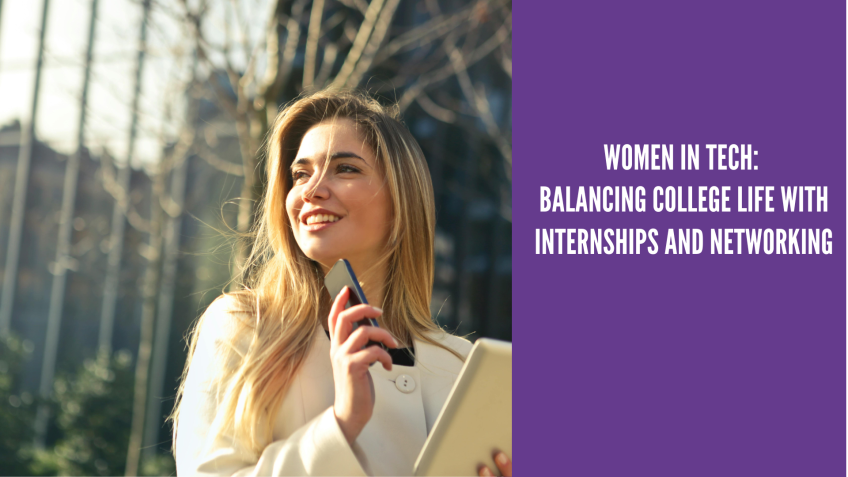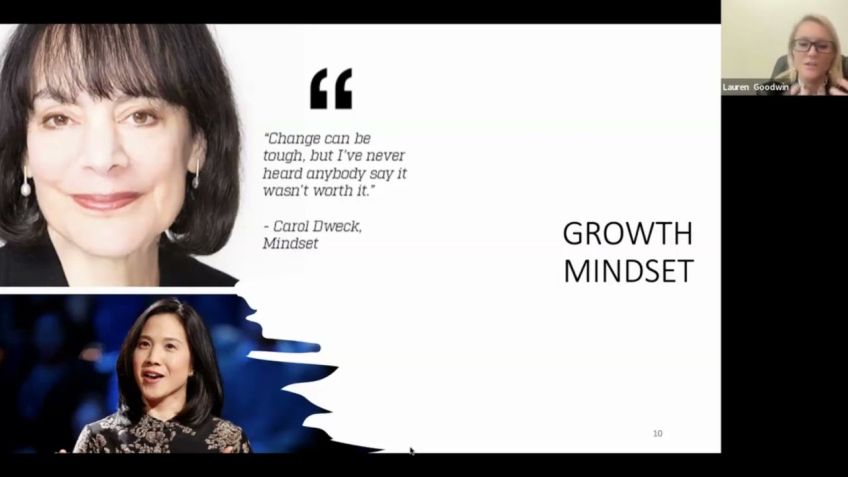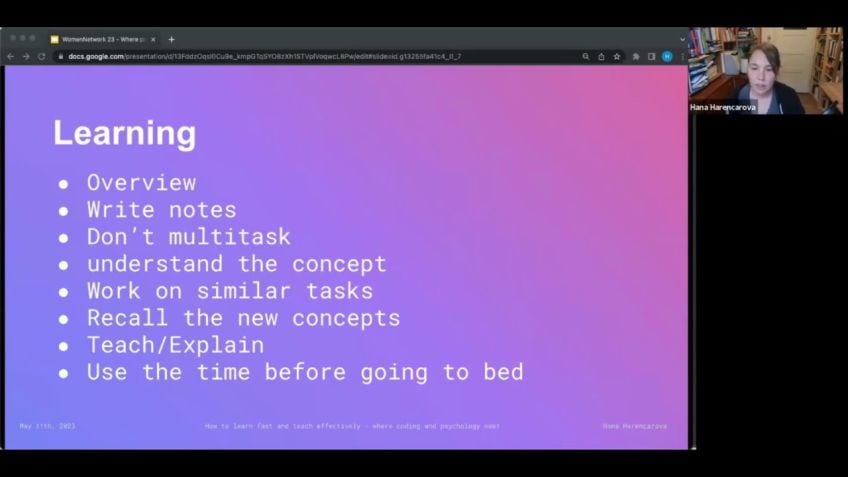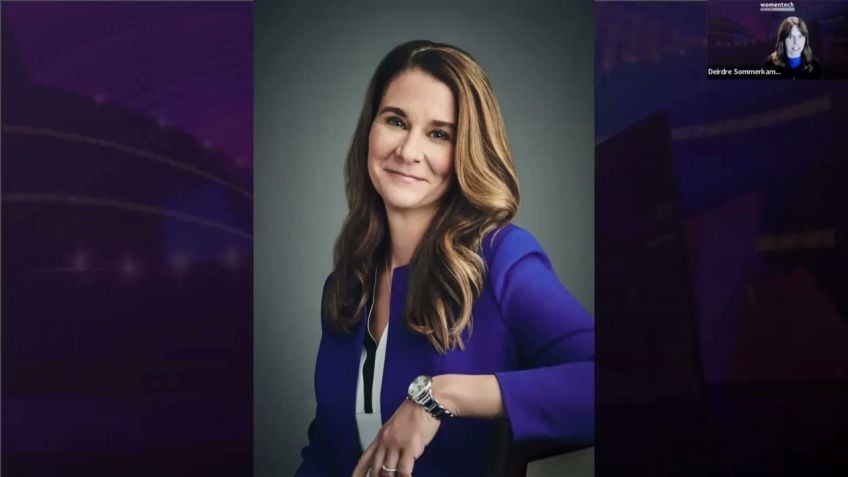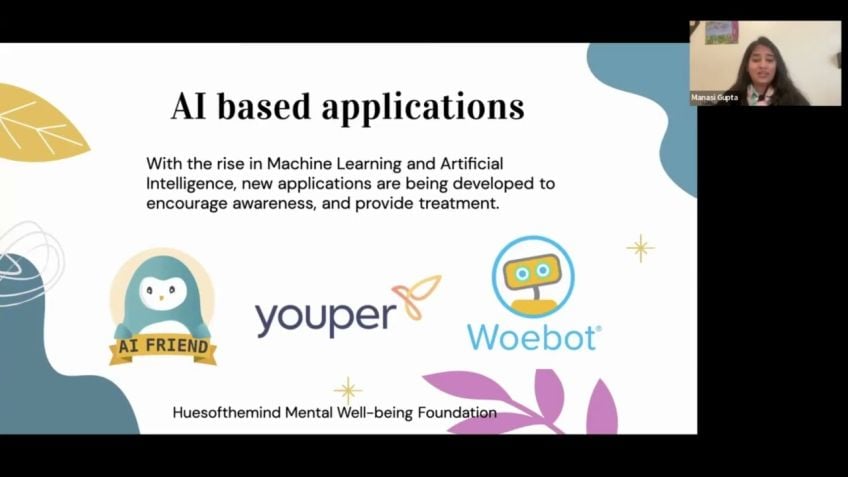Bogdan Bocșe Whatever your question is, math already has a map to the answer
Unlocking the Power of Mathematics to Answer Life's Questions
Welcome to our blog where we believe whatever your question is, mathematics already has the map to the answer. Mathematics is often perceived as a daunting beast in education, with many students struggling to grasp its concepts. Yet, it is the repository of solutions for the world's most challenging issues. From primary school to the university, let's conquer the math monster together.
The Intersection of Mathematics, Technology and the Human Experience
As the chief executive geek behind startups Nosis AI and Envisage AI, my mission is to make both machines and humans communicate more efficiently. Harnessing my vast experience in dealing with big data solution architectures, I advocate for an interactive approach to teaching mathematics. With this blog, I aim to explore the language of mathematics itself in a way that is accessible and relevant to our present-day society.
Mathematics as a Language of Universal Understanding
Think of mathematics as a language; it is not necessarily done, but it is continuously evolving. An online resource I often reference in teaching is the Library of Babel, a virtual library containing all possible texts that could be written in 3200 characters. The challenge, however, lies in knowing the right question to ask.
Imagining Practical Applications of Mathematics
Conquering the Singularity
A popular concept today is the 'singularity', the point when machines will become as intelligent, if not more intelligent than humans. How do we prepare for this reality? The solution lies in harnessing mathematics to build AI models that can mimic human intelligence.
Making First Contact
If you were to encounter an alien species, how would you communicate? If you had the chance to interview a sentient AI, what would you ask? Like in these scenarios, mathematics is a universal language that transcends boundaries, allowing for effective communication despite our differences.
The Challenge of Babel
- Geometric Perspective: Like the ancient story of the Tower of Babel, different programming languages have led to a Tower of Babel situation in data science. The growth and diversity of these languages are unsustainable for human minds to manage, and this presents a challenge to inclusivity and effective communication.
- Mathematical Solution: Mathematical concepts and models, like functions and isomorphism, bring simplicity and accessibility to these complex languages. Used correctly, they can help to create inclusive and efficient languages that bridge the gap between cultures and contexts.
The Mathematics of Inclusivity and Truth
Mathematics can lend a structured approach to understanding complex social issues like bias and privilege. Moreover, it brings forth a new language that strikes a balance between flexibility, where it is needed, and precision. Human minds need to harness the might of mathematical reasoning and technological advancements to build a machine that brings to attention the things that are most pertinent to our decision-making.
Tackling the Fake News Problem
Mathematics and technology can significantly help in solving the fake news epidemic. By using blockchains or PKIs, making sure creators of content can no longer delete what they published can be a possible solution. This way, even deleted contents can still be proven written, tackling a huge pillar of the fake news problem. However, it also means a considerable change in human mentality and discipline. At the end of the day, we must remember, freedom isn't about being allowed or not allowed to say something; it is about responsibility and truth.
Conclusion: Mathematics - The Key to a More Coherent Digital Society
Given our current progress in technology, we are not far from creating digital replicas of ourselves using mathematical models. Mathematically modelling human cognition and behavior is nothing short of a challenge. Yet, the potential of using mathematical models to nurture understanding, inclusivity, and the truth in our society is immense. Let's start the journey of exploration together, leveraging on the innate power of mathematics to answer life's most daunting questions.
Video Transcription
Hello, everyone. I'm happy to be here and I'm honored to give this session. I'll be repeating this a couple of times until everybody joins. Um Please feel welcome to ask any questions.I know that the platform doesn't allow me to see the presentation and the questions at the same time. So after about eight or 10 minutes, I'll try to take a break, a very short one to look at the questions and to try to integrate them in the rest of the presentation. Uh As I have written in the in the chat panel for this session, I want this to be interactive and I want to encourage you to interact with the material I prepared. It's uh you, you also have the slide deck, that's the last link. So you can uh also I don't make a copy or take it offline if you feel like it. And then uh I propose a small game that has to do with what do you want to build that is useful for the human citadel. Now, this game is somehow in parallel to the presentation which I will begin shortly and the topic of the presentation is whatever your question is math already has a map to the answer. Now, I propose we wait for one more minute. Then we get started.
How do you feel about that? Are you ready to tackle the math monster? Cool. Well, then let's get started. Then I'll be sharing my screen and let's go on. Mm. Mm. I'll just check with you briefly. If you can see my screen, I'll have to exit the presentation in order to ask you and then I'll come just to make sure. So uh were you able to see the presentation? Was it all good? Cool. Let's go back to it then. OK. So I like to think of myself as the chief executive geek. I run to start ups as you can see from the names Nosis A I and envisage A I both have to do with artificial and Augmented intelligence. And I've had a lot of experience in dealing with big data solution architectures both in the start up and in the corporate environment for the last almost 14 years. Also, I have dedicated my part of my efforts to deep Viss, which is uh an open source initiative that aims to make both machines and humans communicate more flexibly and more easily about their objectives. As I said in the, in the introduction, I propose to you a little game of imagination while we go through the, through the presentation and through the topics, of course, you don't have to do it.
Now, you can always do it after the, after the presentation if that's how you're more comfortable and I'll make sure to follow up to any questions you may have or to come up with any suggestions on the ideas you may have. Now, mathematics is often a boogeyman of education. It's a subject that's hard to reach and, uh, hard to follow. And most students are usually dissatisfied with their experience in mathematics, whether they're primary school or university level. But other than being a little literal pain, uh as reported by many mathematics is a repository is a way that the, the best way we found to organize the many experiences that we've had in this universe in order to make sense of them in many ways. Uh Mathematics is the ultimate essence of the language we were able to build. Now, the fact that mathematics is a language is not uh necessarily um uh done job and I'll give you a small example. There is um a thing called the Library of Babel. You can look it up online, uh it's available and you can play with it. It's a virtual library which contains all the books that could be written in uh pages of 3200 characters. And basically this is an array of possibility. The thing is you can actually look things up in this library and you can get the exact chamber and the exact wall shelf book and page where the text is located.
Of course, if you do the search several times, you'll come up with the exact same position for the book where the text is written. Now, the fact that all the possibilities have been generated and ordered into the structure of chambers and walls and shelves leaves us with just one challenge. What is the question we ask? Because math can provide the answer. But the challenge is, can we provide the question?
Now, let's take a small break from math because we want to put this in a practical setting. We don't just want to uh have something theoretical. So let's use our imaginations instead and consider two questions for the imagination. First of all, we, we keep hearing about the singularity, the moment when machines will become just as intelligent and more intelligent than us and basically the singularity means that we don't know what happens next. Now, the other thing I want to uh bring to your attention is making first contact. We, you've seen this in movies. There, there was a movie in the early two thousands called Actually Contact with uh uh Jodie Foster, which explored the possibility of alien. What, what would you say to an alien if you first encountered? What would you, what would our first message be to an alien species? And I encourage you to take that question in for, for a second. What if you were the ambassador? If you were the a astronaut? Who represents humanity for the first time in front of a different species. What would you ask, what would you write? How would you say hello? Now, I'm going to take a different approach to the same situation. Let's just say that uh I know a super company announces that they created A I it's done. And you're a journalist who is tasked with interviewing this first uh form of artificial intelligence of artificial sentience. What would your three questions be?
Assume that language is not a barrier, assume that the machine speaks your language. And we assume that the machine understands all the languages you understand still, what would you ask? Now, a, a lot of these uh a lot of this uh topics have to do with the conventions that our species, our civilization has made in order to express uh experience in both speaking and writing. And one of these conventions is uh the, the geometry or the topology of writing. How do we, what, what is the direction of our writing? What is the shape of our writing? And as you may know, uh this, uh this writing styles are pretty heterogeneous, heterogeneous around the world. Um There is no one correct way to write and this shows us uh from uh the intelligent design point of view that all the languages that we use, including programming languages are particular cases of something uh more and more generic. Now, programming languages have been around for a while, and their number, as you can see in this diagram, which just shows a small number of them from uh the 19 sixties to the early two thousands. You'll see that there's this whole web of languages uh of programming languages.
Now this, this looks more and more like the picture I showed you in the previous slide maybe uh you recognize here, the tower of be it is the story, the mythical story where uh wanting to be higher and higher and closer to the supreme being. Uh people built uh a structure that was ultimately unsustainable and to a greater extent what we're doing with the technology in the uh in the notion of language is at this point unsustainable because human minds cannot sustain this growth of diversity, nobody can learn all these languages and they're becoming harder and harder to manage as we go on.
What I showed you in the previous diagram was the situation until the present day. But the the the number of languages uh programming languages that is used is growing and that is not a sustainable pattern. However, movies like contact and arrival challenges to define language, writing symbols in a way which is more inclusive of the potential semantics of the universe, which is more inclusive of the message or of the description or of the problem that we want to express clearly without doubt and without fake news, no one to give you uh more uh specific examples of uh what uh I and my colleagues at DB ISS think could be done.
We have uh created this model that can introduce mathematical concepts uh to uh juniors and uh young Children using a simple story and the simple story, which you can uh which you can also see online uh on my profile. And on my blog is a story of several families of animals living on the same island. There's uh a very easy to use uh symbolic representation of this concept. And ultimately, the story that we want to uh Children to imagine in order to have a deeper understanding of abstract concepts is a story of all of these animals being uh forced to move on different islands. Now, what this visual experiment goes to show is that very abstract concepts such as functions and bijection and isomorphism and all these sort of things you learn in uh college level math can be introduced at an intuitive visual level to kindergarten Children. Because what we want to make sure is that they have the mental flexibility to envelop the many languages that today has to offer. Now, I'm going to uh uh take a short break and see if you have any questions or if you have any uh topics that you want to propose. Moving on in the presentation. I do want to keep the schedule. I know you're all busy.
So uh what are your questions regarding the use of mathematics? To define a more inclusive and more efficient language that would allow us to uh at least be aware of the discrepancies between one culture and another one context and another. OK. Well, in that case, I'll uh go on to the next part in case you don't uh you don't have any questions. A me, let's start again. Now this example is not my own. It uh belongs to Doctor Eugenia Cheng. I uh cited the source in the, in the bottom of the page. And it's a simple thought experiment that has to do with decomposing numbers in their prime factors in their factors and ultimately, in their prime factors. Uh You can see that you can write this uh pretty simple problem of what are the factors of 30. You can write it in a visual way representing the origin of each one of these factors. Basically uh to decompose this number into its uh components. Now, you, you may know that uh prime numbers are extremely important in everything from cryptography, uh Blockchain probability prediction. Uh But this next example is not very intuitive or at least it was very surprising to me when we analyze a very rich and very complex landscape of bias of diversity of privilege. It's easy to get uh hung on our own perspective.
And it's easy to uh forget that some of the ways we are biased and privileged are most of the time is completely hidden to us. However, if we take this more structured approach that is borrowed from a very simple example in mathematics, we can get a wider uh understanding of honestly how biased, how potentially biased. Uh we are because of our context of our constraints and of our privileges. Now, I think the greatest challenge that our generation faces is to define this new language, to define the way it should work. So that it includes what several diverse sentience can express. It needs to be a language that allows for the flexibility of natural language where flexibility is uh desired, but it should be a language that emphasizes uh lack of coherence or that uh shows uh any incompleteness or any controversial statement without disallowing it without denying it like a programming like which would by but by but rather by directing the attention of the reader saying, hey, this piece right here is just a hypothesis or this piece right here has been contested by a great number of readers.
It's not the machine's job to decide what's wrong and what's right for us. But it is our responsibility to task the machine with being able to bring to our attention. What is most likely to be relevant to our decision. No, there are a lot of open questions of how we use the definition of a new language for the purpose of inclusivity, eliminating bias, reducing the impact of of fake news and uh closing the skill gap that is plaguing our societies, both from a gender perspective or race perspective, an income perspective, from our point of view, having access to learning a language, a new language, whether it's a programming language or a natural language, foreign language, let's say should, shouldn't be a luxury, should be a public digital service.
So in the end of our presentation, I think we have about two minutes left. Let's hear your questions and your challenges regarding what would you like to build that is useful for the human settle bill. I see a question here um with uh lambda calculus, uh lambda calculus is uh is an alternative way of uh of looking at programming that uh keeps in mind the idea of the completeness or the closure of functions. Now, while lambda calculus is um is definitely part of this greater language or, or, or of this more inclusive language paradigm, it by itself does not tackle all the challenges and uh just to be uh just to give you an example. Um One of the um one of the potential challenges that uh lambda calculus does not tangle is what happens when a closure isn't complete when you can, you have an association between two types of elements, but it does not define a function. Maybe it defines a superposition, maybe it defines uh distribution of probability. Uh Now it's definitely to answer your question. Uh Lamda cal seems cleaner indeed, it is part of the greater language, but it is just one of the tiles that we need in order to reach our objective.
Uh Another question I see is uh regarding um tutorials for A I for beginners and I actually had something prepared here. I'll uh I'll, I'll show you a quick demo and open source demo as an example. And if you want to dig in more, uh sure, Indira, it was my pleasure to answer your question. Uh I'll paste in a few links here in the time we have left. And if you want to know more, feel free to track me down on linkedin at me and ask whatever you need, I'll do my best to answer in a timely fashion. The example I I pasted here just to make sure that everybody has a little bit of fun in the last uh in the last minute is um is an example. You can start it right now. It doesn't break anything. It will just ask for access to your webcam and you will be able, it doesn't transmit anything in the internet. Don't worry. But you will be able to see that uh artificial intelligence algorithms for computer vision now can run in your browser directly. You don't have to go to a server to send your data for it to be processed.
So if I were starting today as a machine learning enthusiast, I would definitely start with building all of this in the browser taking what's already built uh in tensorflow J si recommend tensorflow Js see whatever other solutions. Uh Yeah. Uh 11 2nd, I'll take the fake news questions as well, but I I would to answer uh what to begin with. Start with tensorflow if you want server side stuff. But also see what you can do with tensorflow Js in the browser because there is absolutely no more reason to put late the latency between the browser and the server on the critical path of user experience. Now, as you can see from the demo, uh it moves pretty fast beca especially because it doesn't have to wait for the server to do the computation. So start with tensorflow Js and try to define an objective for what you want to build. Let's talk about what you want to build because it is very hard to answer someone who's asking, hey, what's the right tool for my job? If I cannot have a conversation about the nature of the job of the objective, so start with uh something genetic like tensorflow Js and then try to define an objective to zoom in on while you go on.
And uh I'm not sure if uh the session will be cut off or something. But uh to answer the next question uh on the idea of fake news, I'm I'm going to state a pretty controversial opinion here. I think that machines can help in uh solving the fake news epidemic. Definitely a I can help Blockchain can help both of them. But at the same time, I am confident that any complete uh permanent uh elegant solution to the fake news problem requires a significant change in human mentality, uh human knowledge and human disciplines, on behalf of the users, specifically, uh one of the simpler ways you can tackle fake news is to uh create a system Blockchain based or PK I based.
The technological solution is not that important, But the idea of the system is look, if you see a website, if you go on a website, you, you can underline part of what is written there, you can uh a screenshot is taken both from your computer and from a different source. So you can't mess with the data and you write on that Blockchain that hey, this item at this moment uh is controversial or here is the source that here are the sources that say it isn't. So now if you find this way of making sure that creators of content can no longer delete the content or rather uh if you find a way to make sure they can no longer pretend they never published it. If you make what is published part of a permanent record, even if it's deleted, sure it's not visible, but it can be proven that it has been written 80% of the of the fake news job is done. Part of the problem uh of fake news is not necessarily lack of technology part, the biggest challenge is uh people's lack of willingness to engage that technology to pursue new publishing models and new business models. Because to be entirely honest, the people who make money, make money out of this, the way it is. So it is up to us to define a new game with slightly new rules that are uh easy enough for people to uh want to follow them.
But uh well defined enough for uh tighter stricter definition of truth because, you know, in the old days when you wrote something in the newspaper and you sent it out, you couldn't take it back and it, and, and, and, and freedom is not, is not about being allowed or not allowed to say something.
Freedom means that everybody should be allowed. But freedom also means the responsibility not to lie about what you said. And that level of trust has escaped media has created social media and to a greater extent has escaped digital society. And it is up to our generation to define such tool and to build it because otherwise we can't expect the machine to clean up after our lack of discipline all the time. I hope that provides some answer to the question. Uh Sure, Alexandra, please connect uh on linkedin and the invitation is open to anyone else who uh has other questions. I do. I, I am in no rush. I'm not exactly sure how this session goes. But if you have any questions, I'll be happy to sit around and take them one by one. Hope I didn't miss any of them. Uh Yeah, I, I have, I, I saw a very interesting question for uh Diana. Um He, he asks whether uh I think that um math can be used to create one's digital twin or digital copy. And the short answer is almost. So I think technology can be uh uh current day technology can be used in the next 5 to 10 years to create a twin that is indistinguishable to others from the original.
So basically, I think our technology today permits us to copy uh to make a shallow copy of a person and to uh have an integration of, let's say deep fakes with generated reality and with ray tracing that can go a very long way to simulating the appearance and conversation and so on.
But I don't think we yet have the technology to go on the inside. So basically, if you create a digital twin using this uh mathematical models, which I'd be more than happy to discuss offline, uh then that twin will be recognizable to you because at the very last, you will be able to set a password or to know a secret or a password that you never tell anyone and that you remember and that will allow you to distinguish yourself from the twin.
You ask him, do you know the secret? And he'll say No, I don't and I don't think we can go deep enough yet with the technology, we have to find the secret, we don't want to tell. But let's uh let me rephrase the answer this way. I think within the next five years, we will have the technological capacity to create a twin that will manifest all the features. You choose this twin to manifest, but not all your features. Because fortunately between the capability of the machine and what is in our heads, there is still a barrier uh of free will. And I think we should protect and enforce that barrier, not just try to break it all the time. OK? Um One moment, double checking for any questions. OK. Well, uh if you have uh no further questions, I'll I thank you for your time and your patience. And if you are interested in embarking on this journey with us, uh We'd be very happy to connect to discuss any specific objectives that uh we may directly or indirectly help with and make sure to uh double check the game because I think that if we help each other define what we can build for our common good.
I think we will uh create a more coherent digital society. Thank you very much.

